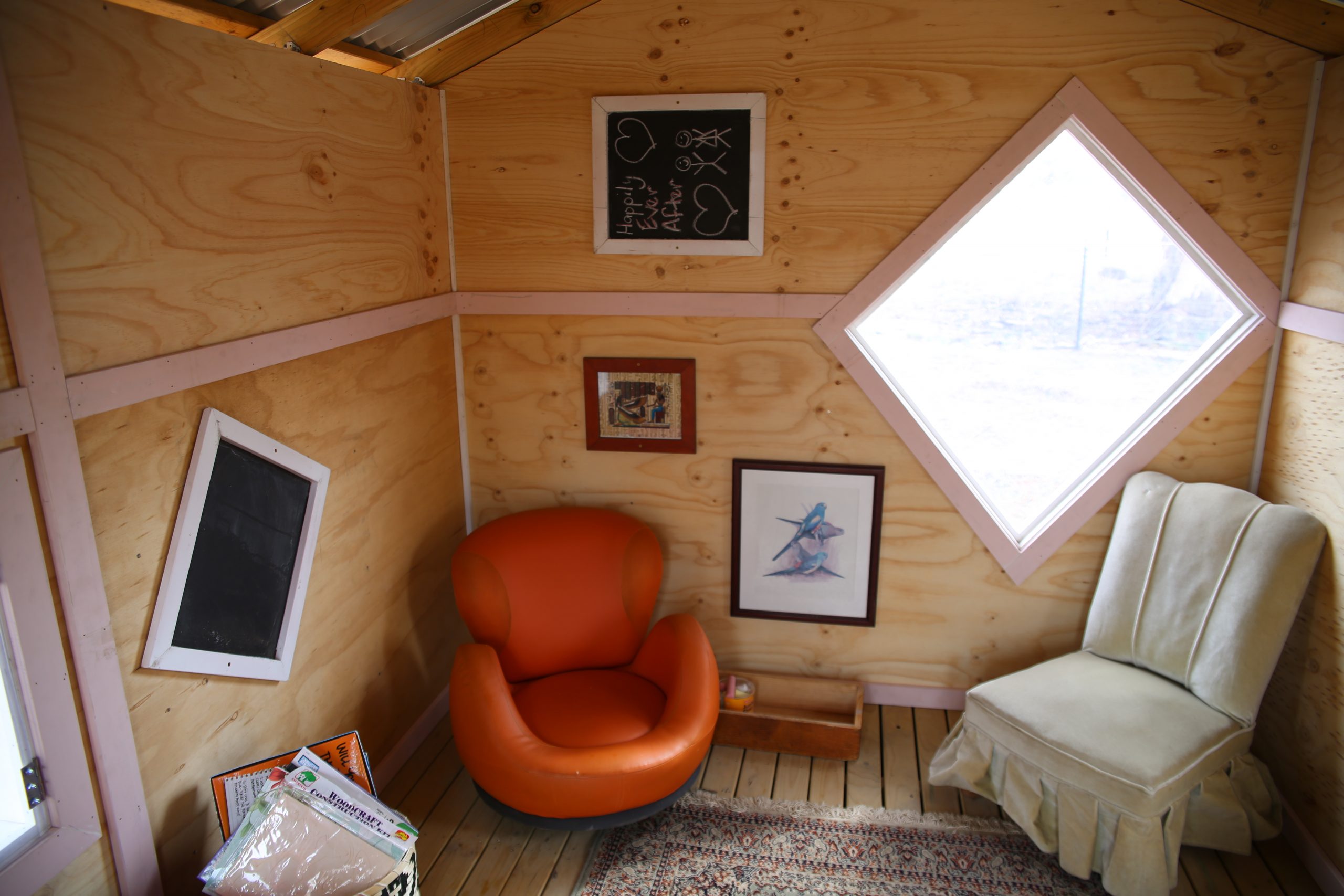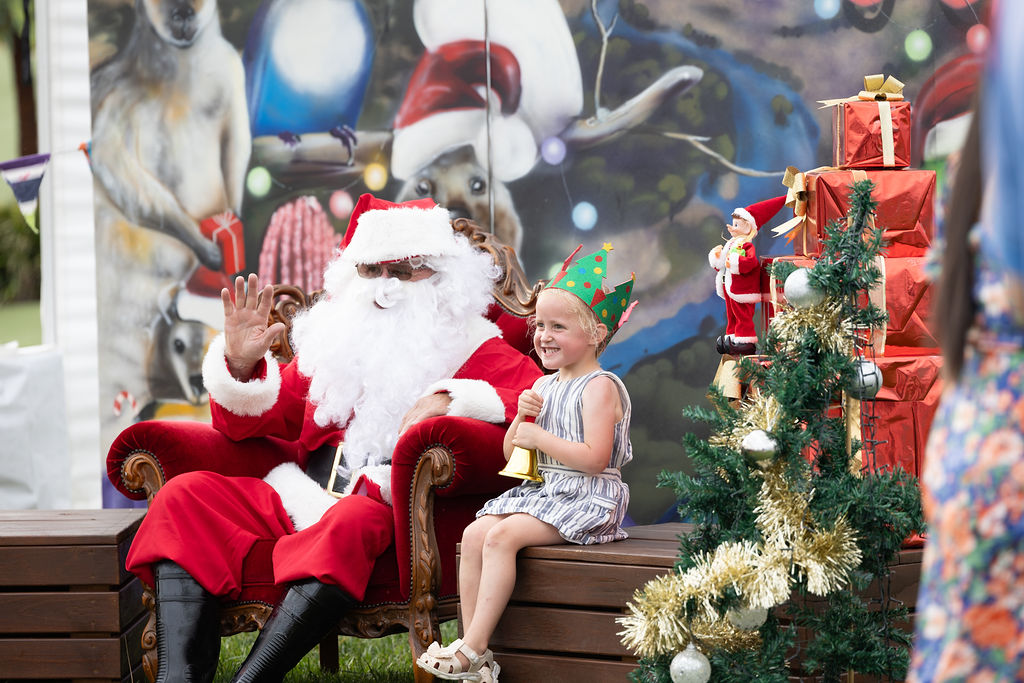Unique collaboration drives development of play spaces at Ginninderry
What makes a great shared community space? Lots of open areas? Plenty of greenery? Some shade? Perhaps even a cubby house?
As urban environments become increasingly dense worldwide, open and public play spaces are becoming more important than ever, serving as extended backyards, sites for outdoor physical activity or communal gatherings, and crucial green spaces contributing to urban ecosystems.
As part of designing the new suburbs of Ginninderry, the team wanted to ensure they created the very best play spaces and community areas for their new residents.
“We knew that given we are aspiring to be a sustainable community of international significance then we should really put our thinking behind our open play spaces and how we engage people of all walks of life and diverse ages in those open spaces,” said Tulitha King, Ginninderry’s Community Development Manager.
This thought process tied in perfectly with the Faculty of Arts and Design’s Play, Creativity and Wellbeing Project at the University of Canberra, led by Dr Cathy Hope.

“Together with our community and sector partners we produce creative public projects and research outputs that build capacity and improve wellbeing for all ages and abilities in our plazas, parks and play spaces; in our community, cultural and learning hubs; and through our digital lives,” Cathy said.
So together they launched a partnership between Ginninderry, UC, and the Ginninderry community, to help enhance the development of Ginninderry’s open spaces.
This research project will run for 18 months, focusing on building creative play spaces that are co-designed with the community and then tested, with those learnings fed back into future areas. The research will contribute to the Ginninderry Living Lab, allowing for long term research to occur and exploring best practice thinking over time.
The very first space to be designed as part of this initiative was a play space in Strathnairn. To help design this first play space consultation was undertaken with children at nearby schools asking about their ideal play grounds.
The overwhelming response? A cubby house.
Plans were drawn up and a cubby was built in partnership with Kippax Tradestart. The cubby now sits in a play space near The Link building at Ginninderry and is already being enjoyed by some of the area’s younger residents.
Cathy and her team are now using the space to collect data and see how they can best create a range of connected but unique spaces that enhance liveability and quality of life across Ginninderry.

“We’re collecting data about the community’s use of green and open play spaces and also their vision for Ginninderry’s spaces, or what they imagine for their lives. We’ve also talked with some of the earliest residents about what brought them to Ginninderry, and the outcomes of these discussions are fascinating,” said Cathy.
“Ginninderry’s residents are very proactive and with complex sets of criteria that have led them to purchase here – not solely affordability but also environmental concerns, accessibility and active transport, community and green spaces. Rather than just buying cookie cutter houses, the residents want to help shape Ginninderry to create a world for themselves and their families – pets included!”
The learnings from this initial play space will now inform the design process for future suburbs in Ginninderry, to help create open spaces that enhance liveability and will be enjoyed by the community for many years to come.
“We are now working with Cathy and our landscape design team on our upcoming neighbourhood two. Once designs are finalised, they’re usually pretty fixed, so having Cathy involved in the design stage and her being able to help inform our design based on her research is also a really fantastic result of this collaboration,” said Tulitha.
“Because when you think about it, it’s all well and good to have research, but it’s the implementation of the research that’s really critical, and so bringing Cathy into that early design phase actually allows her to implement some of the research she has done and it enables us to benefit from it as well.”


